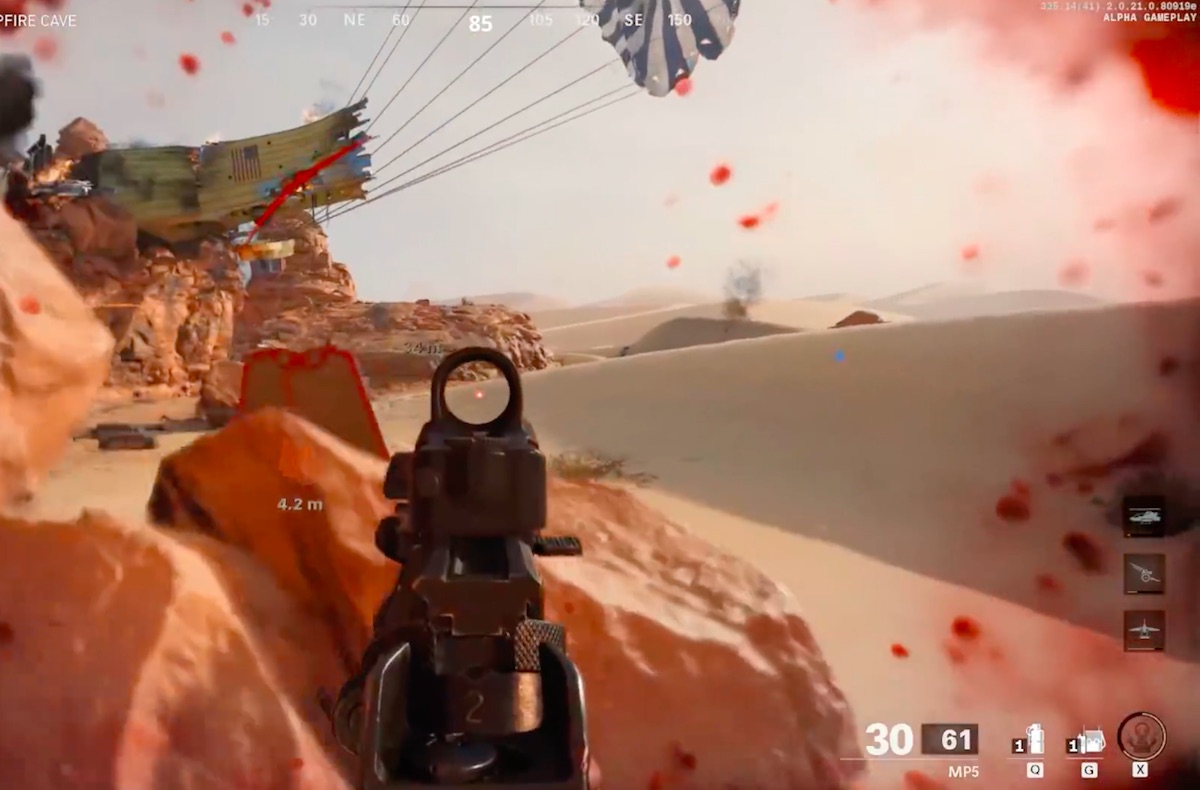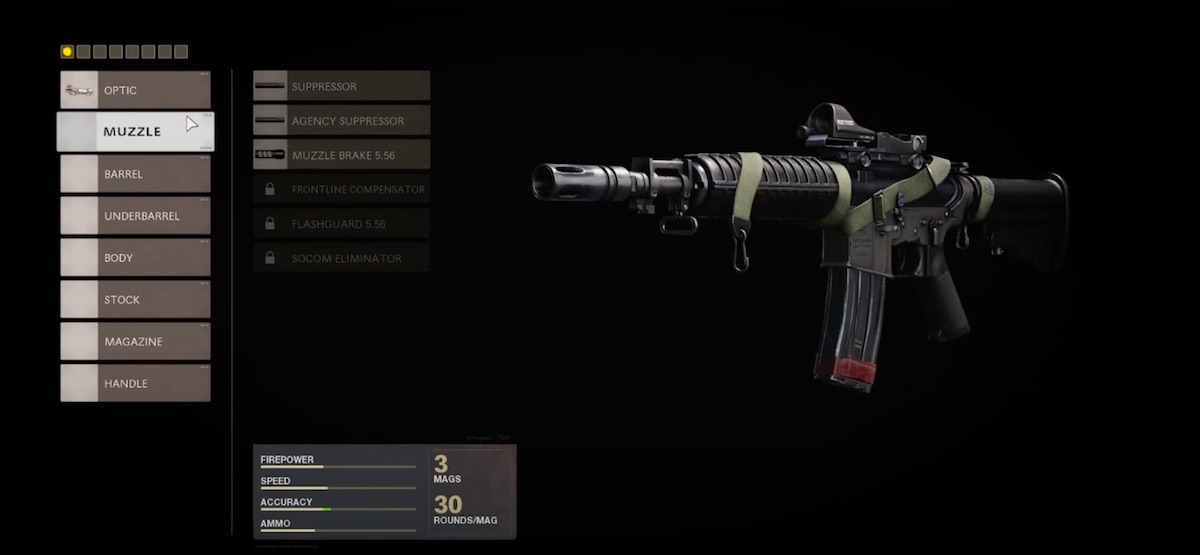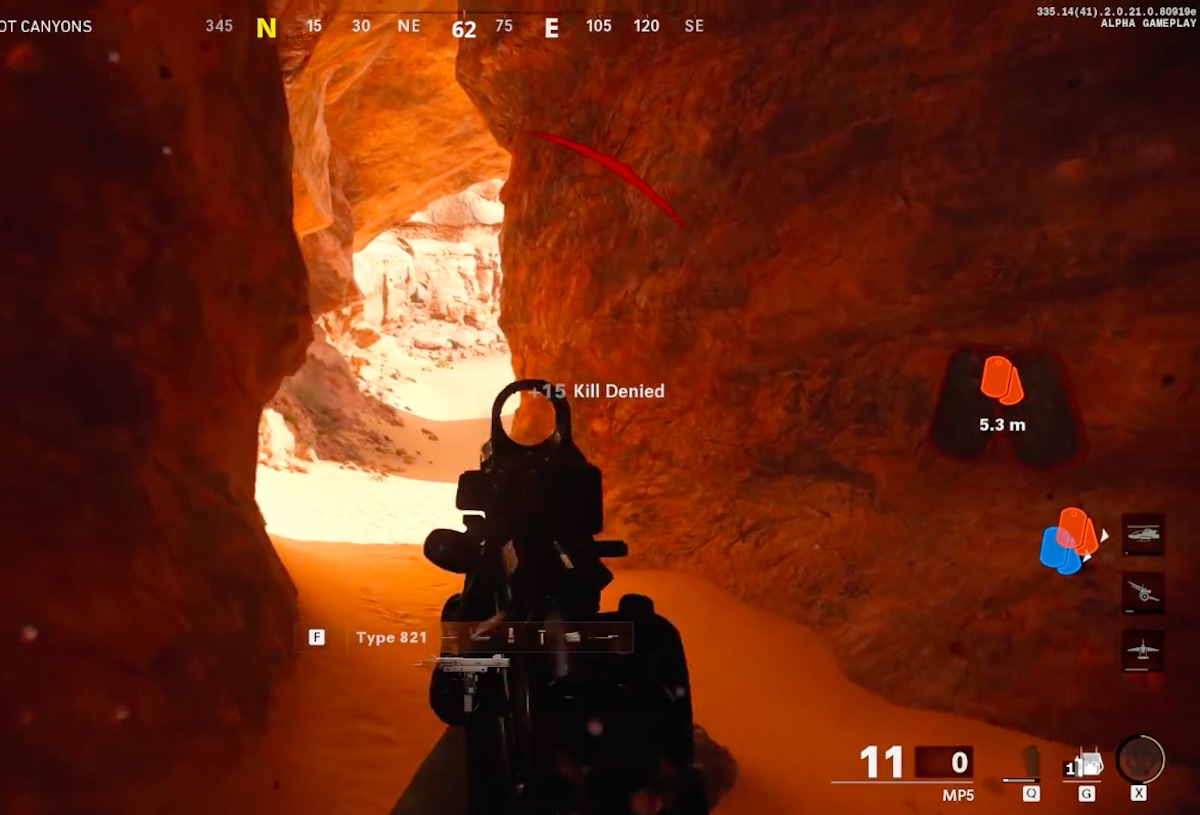Call of Duty Black Ops Cold War is due to launch on PC soon, but it has already had a period of early access on consoles. The game so far looks to be a step forward for Call of Duty, but with quite a few changes. This Cold War beginner’s guide covers those changes, and the tips and tricks you’ll need to win more matches as soon as the game launches.
Cold War beginners have a lot of material to pour through. There’s an expensive loadout system that includes a lot of equipment alongside your weapon. Even once you’ve chosen the main weapon, there’s a huge Gunsmith system that’ll keep you from using it to its full potential until they’ve played a fair amount of the game. So it makes sense to come into Cold War knowing what you’re doing. This Cold War beginner’s guide covers all you need to know.
Cold War Beginner’s Guide
Optimize Your Settings

The exact in-game settings for Cold War haven’t been revealed yet, but there are some general settings that you still be sure to configure. Sorting out your settings is an important part of getting started in the game, since the defaults are going to put you at a real disadvantage. This is what you need to know about getting your settings in order from a Cold War beginner’s guide:
- Blur – Make sure to take off your motion blur. This is an important thing to sort. The motion blur makes it difficult to hit your shots or see what’s happening at a distance.
- Quality and FPS – If your PC Isn’t the most powerful, consider dialing down your in-game settings. Lower visual fidelity can help a lot, and a greater frames per second makes things a lot better for you than the seeing shadows in the game.
- Sensitivities – Make sure to adjust your sensitivities before you jump into a match. There are more options than you had in Warzone, so you’ll have to put your sensitivity up by a notch or two to compensate.
- Sound – The sound is more important in Cold War than in recent Call of Duty games. Something important in a Cold War beginner’s guide is to have your headset ready. Footsteps are a lot more pronounced. If you’re not hearing them, then you’ll be at a disadvantage. Change your settings up to remove the non-essential noise that could hide this.
Cold War Beginner’s Guide – Weapons and Loadouts

Your weapon and loadout are a vital part of the game in Cold War. This Cold War beginner’s guide covers what you need to know about this aspect:
- Weapons and Attachments – Your weapon is just a starting point; the Gunsmith system allows you to make it into something else entirely. The attachments all have their pros, but also their cons. So the game punishes throwing things on haphazardly. Finding the best loadouts is going to make this easier. The best XM4 or AK-74u loadouts are a good starting point.
- Scorestreaks – These are different from Killstreaks in that they don’t reset after your death. However, they’re still weighed heavily towards players with a high kill to death ratio. Scorestreak points are earned at a multiplier if you continue to rack up points without dying. This makes it significantly quicker to earn them without dying.
- Equipment – Pretty basic tip for a Cold War beginner’s guide, but throw equipment out as much as possible. If you hold on to it for the perfect situation, you may end up missing out on an entire use.
- Tracker – The tracker perk is different here. Footsteps have to be pretty fresh in this game to make a difference, but there is an extra bonus here. If you’re aiming at enemies, then they’ll be revealed on the minimap for your team. If you have a player running support from a good vantage point, this can make a game.
- Lasers – Your laser sight in the game doesn’t reveal your position to enemies. Remember this and don’t assume all laser is instantly bad.
- Shotguns – These are a secondary weapon in the game, so you can have access to one without using your main weapon slot. The balance though is that they’re not anywhere near as effective as they were in past games, so don’t go overboard.
Mechanics and Firing – Cold War Beginner’s Guide

These are some general tips and tricks for some of the mechanics in-game and making sure you can hit your shots:
- Aim Punch – Usually Call of Duty would knock your aim when you take damage while ADS. This was an odd mechanic, but it has been altered here. Your aim doesn’t actually move anymore. The camera does, it shakes quite a bit, but your reticule doesn’t. This is a key thing to get your head around if you’ve played a lot of CoD in the past. You will need to ignore the muscle memory of adjusting after taking damage.
- Single Taping – When firing at a bit of a distance, spraying is a problem. It has a big penalty in Cold War. Get into the habit of single or burst firing at a longer range. It can make a big difference to your accuracy.
- Bullet drop – While you shouldn’t pretend it doesn’t exist, this isn’t a big factor in Cold War. You don’t need to worry about it unless you’re sniping.
- Recoil – Horizontal recoil can feel a lot stronger in Cold War. This might be something that needs addressing in Gunsmith since it feels far too strong.
- Jump Shooting – Jump shooting has been an important mechanic on and off in Call of duty but it does seem to be back in Cold War. There is a cooldown on the jump here but if you practice you can still use it to your advantage.
That’s everything you need to know for a Call of Duty Cold War Beginner’s Guide. Our other guides go into more detail about more specific areas though:
- Black Ops Cold War Perks Guide
- Call of Duty Black Ops Cold War Field Upgrades Guide
- Black Ops Cold War Wildcards Guide
- Call of Duty Black Ops Multiplayer Game Modes